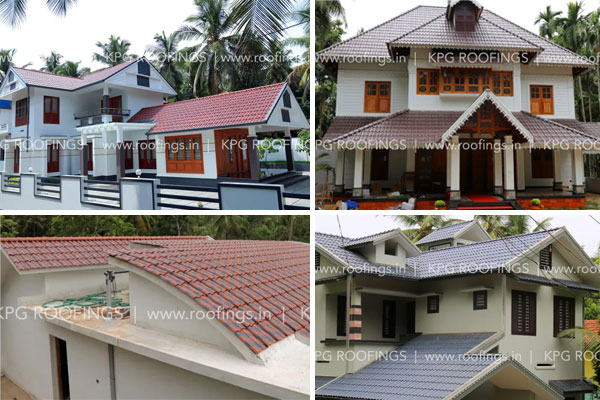The tiles are usually hung in parallel rows, with each row overlapping the row below it to exclude rainwater and to cover the nails that hold the row below. There are also roof tiles for special positions, particularly where the planes of the several pitches meet. The selection of roof tiles should be made on the account of their aesthetics and durability. One such type is ceramic roofing tiles. It varies from traditional clay tiles in the sense that it contains white clay content and is manufactured under extreme compression techniques.
[adrotate banner=”35″]
Traditional clay tiles vs ceramic tiles
The traditional clay tiles often fall short in withstanding varying temperatures. They are drawn to algae and fungus. The water absorption of clay tiles is also high since the base material is standard clay itself. Whereas, the base material used to manufacture ceramic tiles is natural white clay. White clay provides superior reflectivity, heat resistance, relatively lightweight, long-lasting, fire and weather resistance. The ceramic coating in the external shell gives more resistance to the varying weather conditions. The water will be repelled by the coating and no water will be absorbed by the tiles. These are a perfect option for low slope and pitched roofs. Ceramic roof tile has significant advantages over other types of roofing not only in terms of architectural expression, durability but also in other physical and mechanical characteristics. Ceramic roof tile is considered an environmentally friendly roofing option.
Features of ceramic tiles roofing tiles
One of the stand-out features of this tile is durability. It also offers excellent fire resistance properties and is perfectly fitted for harsh and hostile weather conditions. Its water-shedding outer shell provides an extra layer of protection. It is recommended as a roofing solution also due to its sustainability credentials. Highly environmentally friendly, clay tiles are not made using any chemical preservatives and are entirely renewable as a material. Ceramic tile can also help to reduce your energy use by keeping your house cooler in the summer. They even add some insulating qualities to your home for the winter.

Advantages of ceramic roof tiles
- Durability
- Longevity
- Fire-resistance
- Dust-resistance
- Can withstand harsh weather conditions
- Prevents algae and fungus
- Better thermal resistance
- Reduces external sound
- Ceramic tiles are kiln-fired at 1100ºC that provides deeper glaze
- Lighter than traditional clay tiles
- Good Load bearing capacity
Ceramic roof tiles are also widely used as a design element for a wide range of applications including facades. They are in numerous profiles and styles, ceramic tiles can match any architectural style with ease. They offer added value as an element of comfort in the home, with great protection and add aesthetic value.
Image Source: roofings.in


